Religious Education
Subject Key Objective Progression & Development by Year Groups
The following is a guide to help you understand your child’s progression through school.
All lessons are differentiated. This means teachers plan activities that enable the objective to be learned by all children including those who will find the objective challenging, those children who with hard work will secure good progress and those children who can tackle extra stretch and challenge in this subject.
Intent, Implementation and Impact
The curriculum is designed with our pupils and the Swinemoor community in mind.
It enables children to access and enhance their understanding of their home, their town and the wider community, developing their cultural capital and giving them opportunities and choices about their future and their impact as they progress through their school career and beyond.
This will help them become successful members of modern British society, preparing them for the challenges and opportunities.
Religious Education
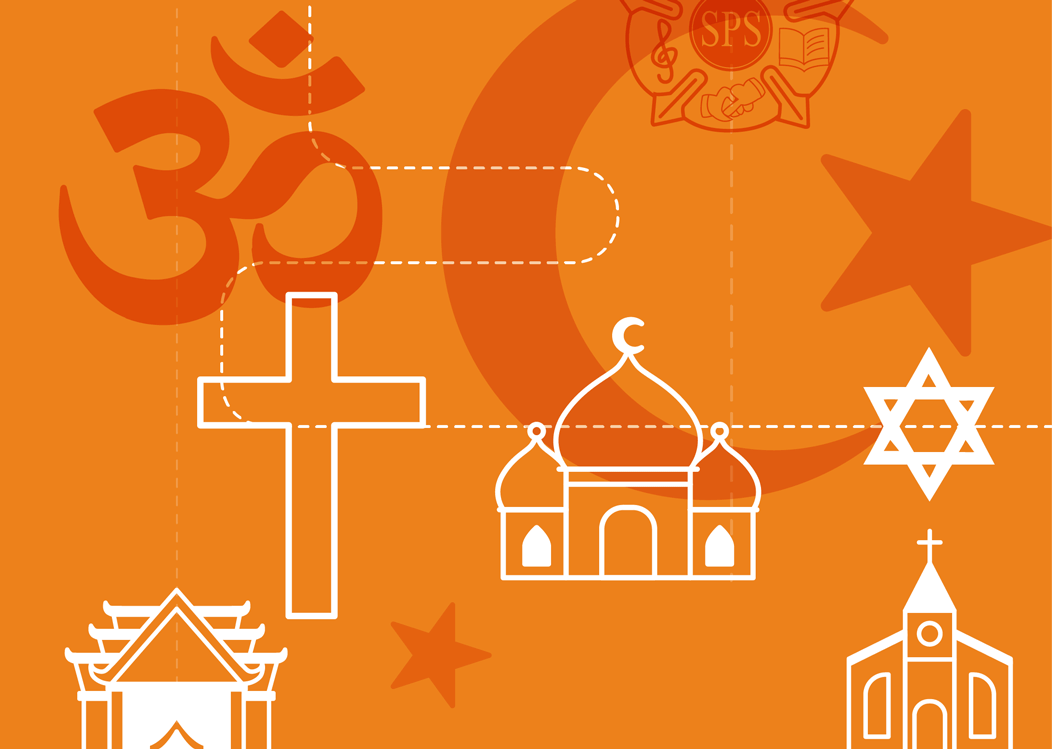
EYFS: “They know about similarities and differences between themselves and others, and among families, communities and traditions.”
“Children know about similarities and differences in relation to places.”
KS1: “Explore a place of worship and how the building is used.”
KS2: “Explore the diversity and significance of local religious places to faith groups and members of the community.”
EYFS:
Special (T1)
Church (T1)
Minster (T2)
KS1:
Workship (T2)
Synagogue (T2)
Altar, Font & Cross (T3)
KS2:
Mosque (T2)
Pilgrimage (T3)
Sacred (T2)
Children may demonstrate an understanding of the significance of different religious buildings and places in terms of belief, community, architecture, culture, geography and history.
They will understand some of the purposes of such buildings and the impact they have had and continue to have on their communities and beyond.
They may develop an appreciation for different religious expressions as well as a sense of awe and wonder through viewing and possibly visiting places of worship.
What will be made, produced, performed, or published?
Children will produce work linked to the RE units of work on a two-yearly cycle, following the suggested lines of enquiry.
This may be in the form of: a written piece; a model; a film. Sometimes, this will culminate in a piece of portfolio work.
What knowledge will the children have embedded?
Children will be able to name some religious buildings and other places of worship. They will increasingly understand what occurs in such places and why.
They will be able to make some links between different places of worship and increasingly understand their significance to believers and the impact such places have on faith members as we as others in the community.
What retention may be demonstrated?
Here are some example questions that may be used to assess children’s understanding.
EYFS: Can you name a (type of) religious place/building? Can you name a religious building in Beverley?
KS1: What are some of the features of a church? What do people do in a church?
KS2: What activities might occur at both a mosque and a church? Name a place of pilgrimage – why do believers go there?
Religious Education – Places of Worship – Primary Curriculum
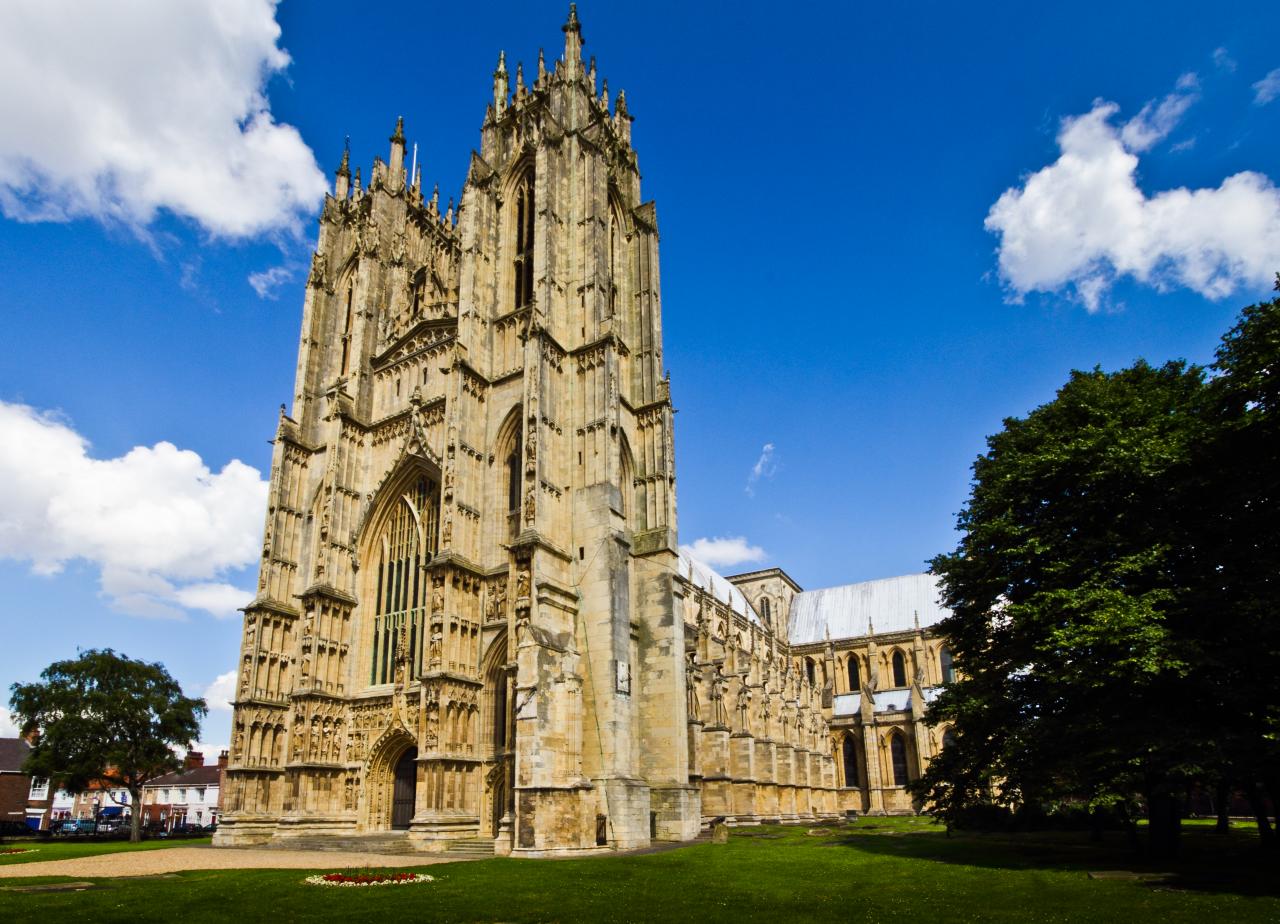
Religious Education – Foundation stage:
Children name some special (religious) places and buildings.

Religious Education – Year 1:
Children name different parts of a place of worship.

Religious Education – Year 2:
Children describe and reflect on how faith members use a place of worship
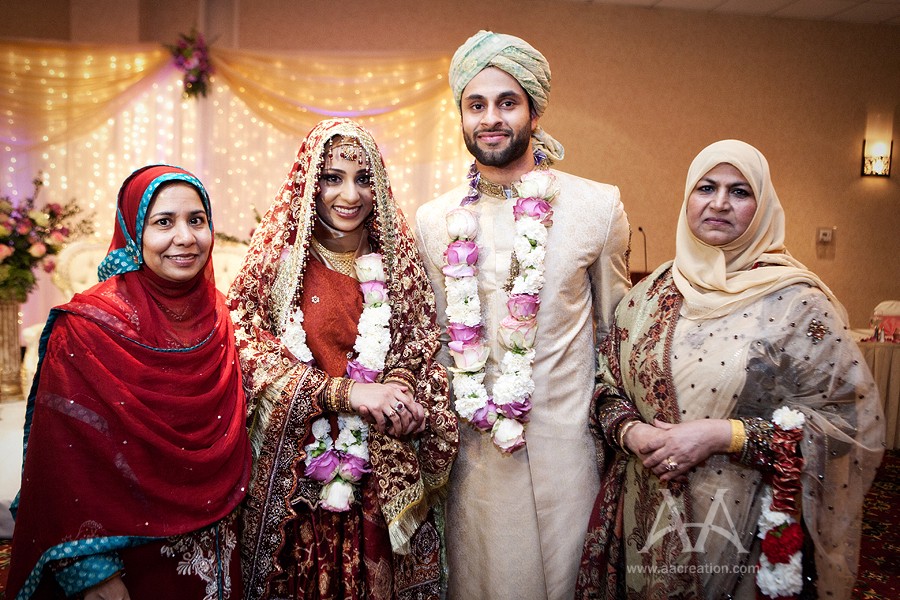
Religious Education – Year 3:
Children compare activities at different places of worship.

Religious Education – Year 4:
Children explain how activities at local places of worship create a sense of community.
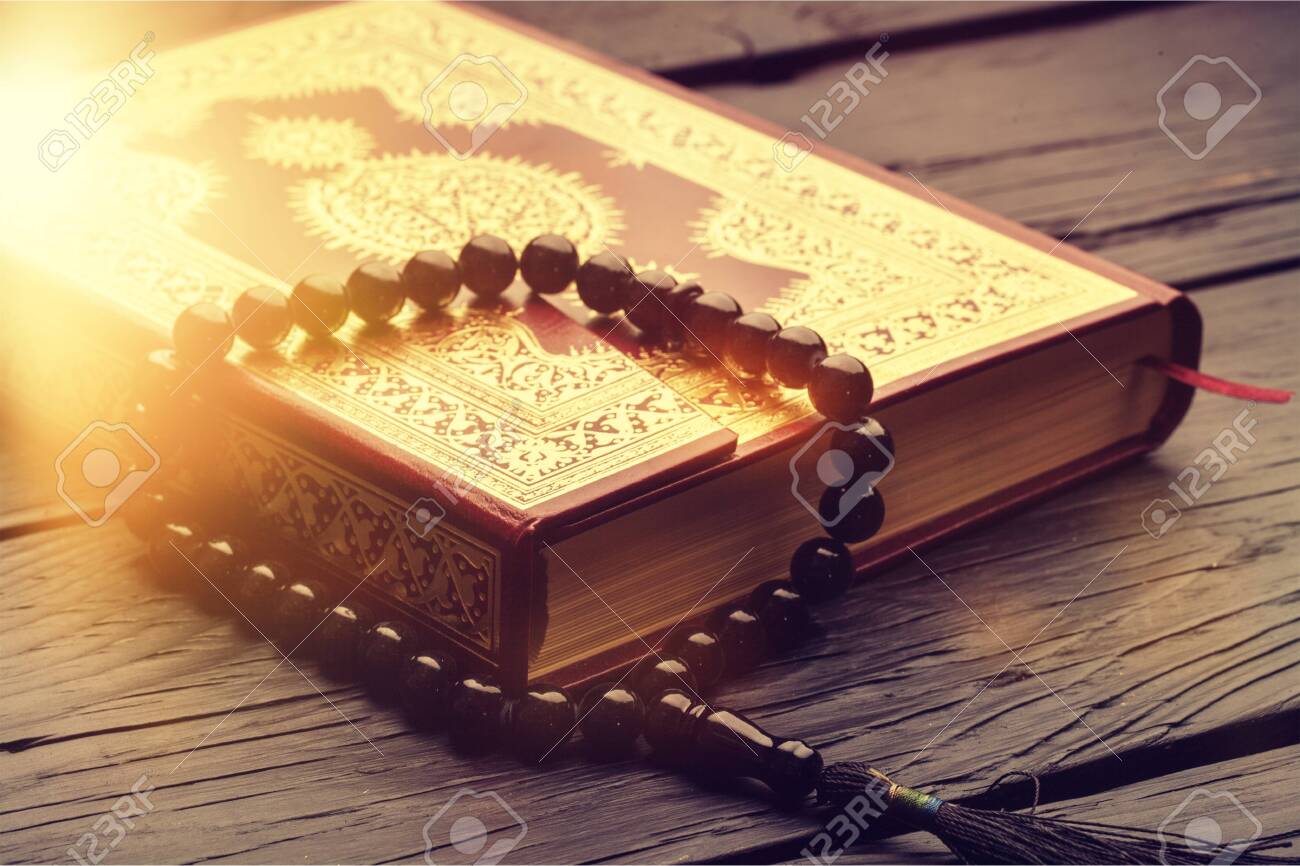
Religious Education – Year 5:
Children show understanding of what is sacred for believers in religious places.
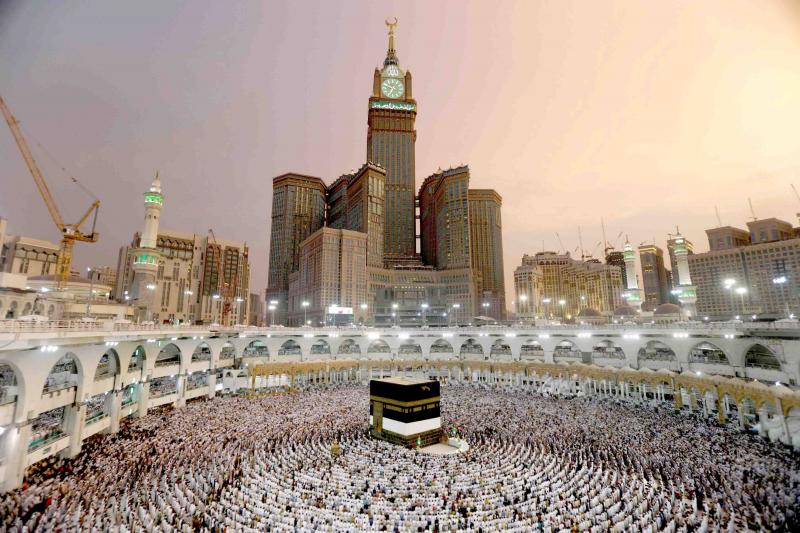
Religious Education – Year 6:
Children compare key places of pilgrimage and identify why a faith member might go there.
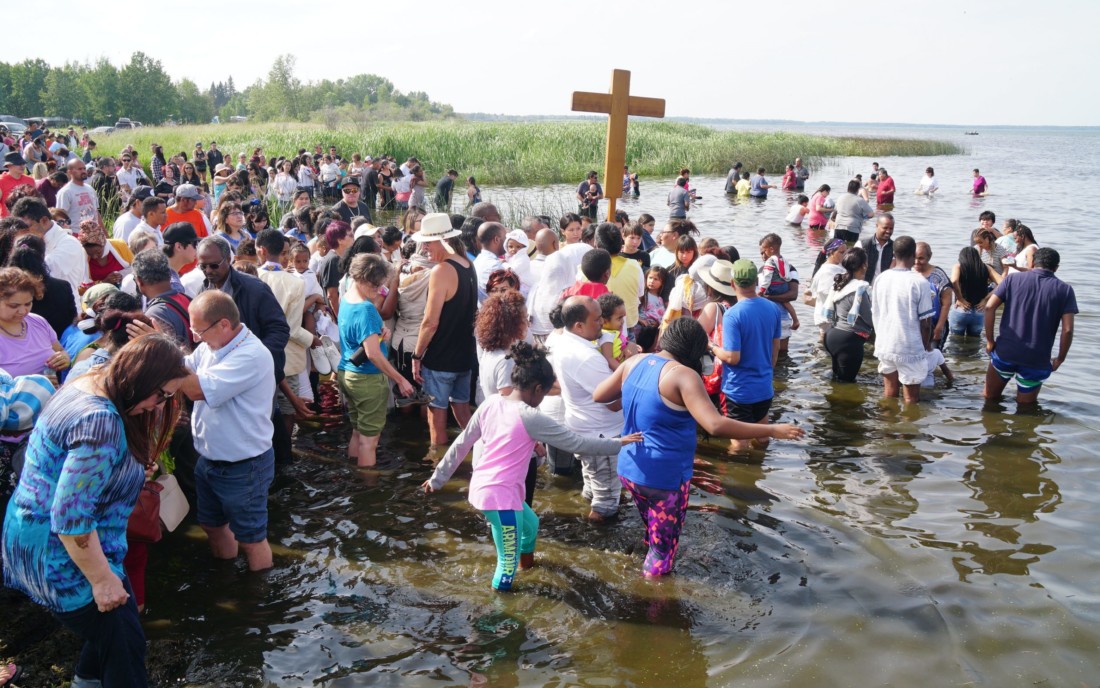
Religious Education – Mastery:
Children suggest ideas about the meaning of pilgrimage to a believer and the impact on their life.

This collection of short films and resources will help you understand your child’s progression through school.
The curriculum film resource has been broken down by subject area initially and then by topic area.


